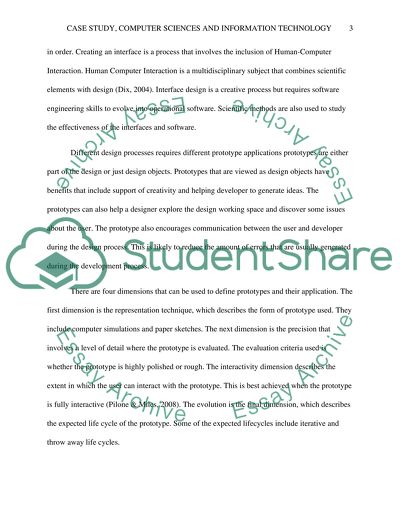Cite this document
(“Design Process Case Study Example | Topics and Well Written Essays - 1000 words”, n.d.)
Retrieved from https://studentshare.org/information-technology/1483820-design-process
Retrieved from https://studentshare.org/information-technology/1483820-design-process
(Design Process Case Study Example | Topics and Well Written Essays - 1000 Words)
https://studentshare.org/information-technology/1483820-design-process.
https://studentshare.org/information-technology/1483820-design-process.
“Design Process Case Study Example | Topics and Well Written Essays - 1000 Words”, n.d. https://studentshare.org/information-technology/1483820-design-process.


